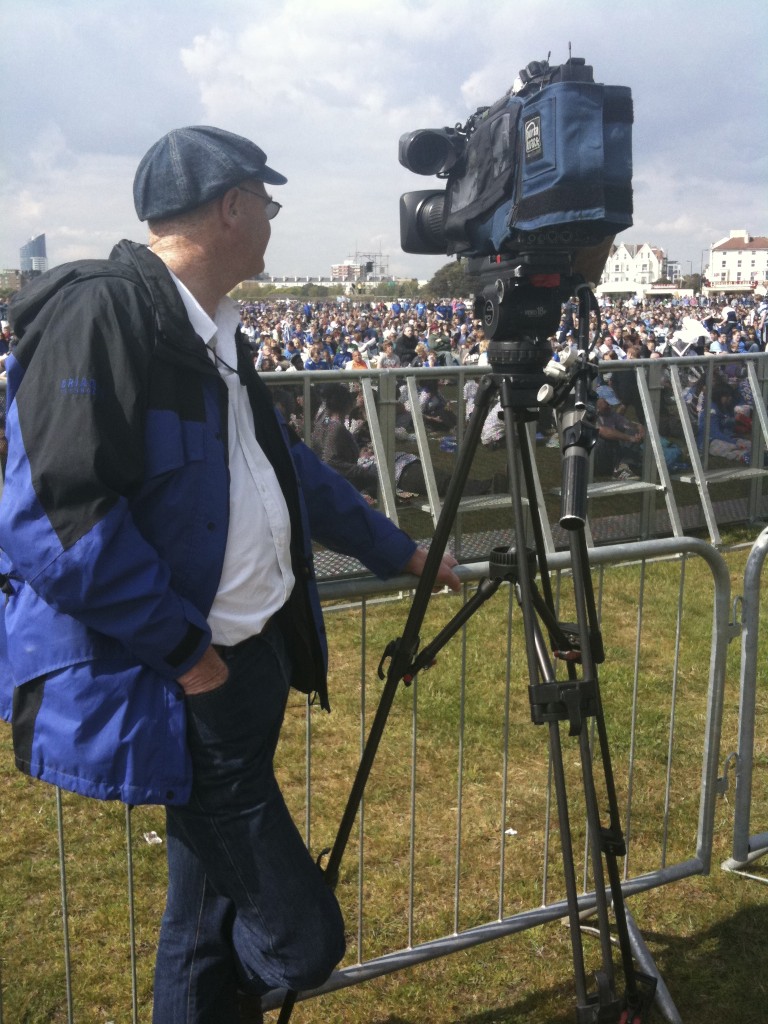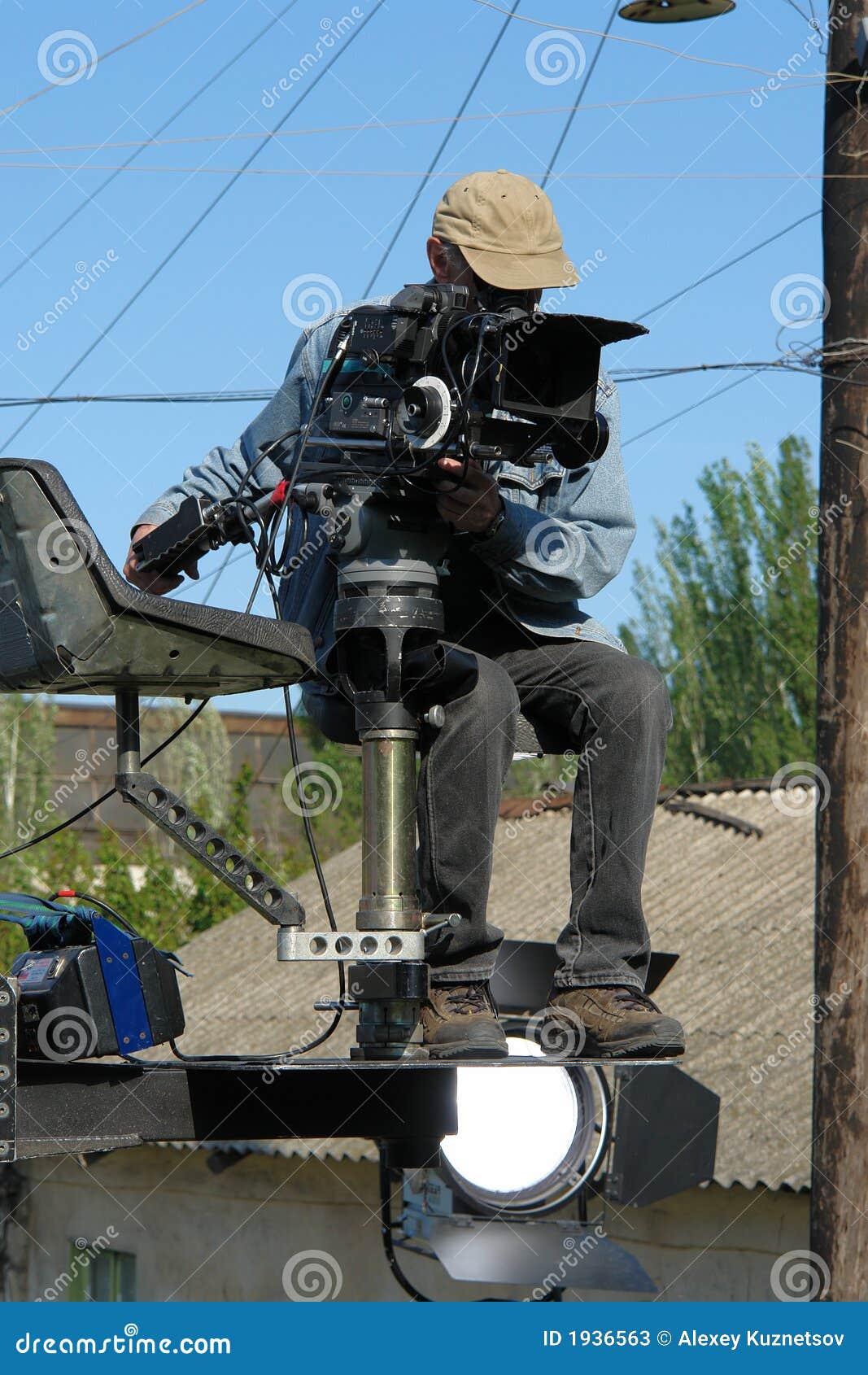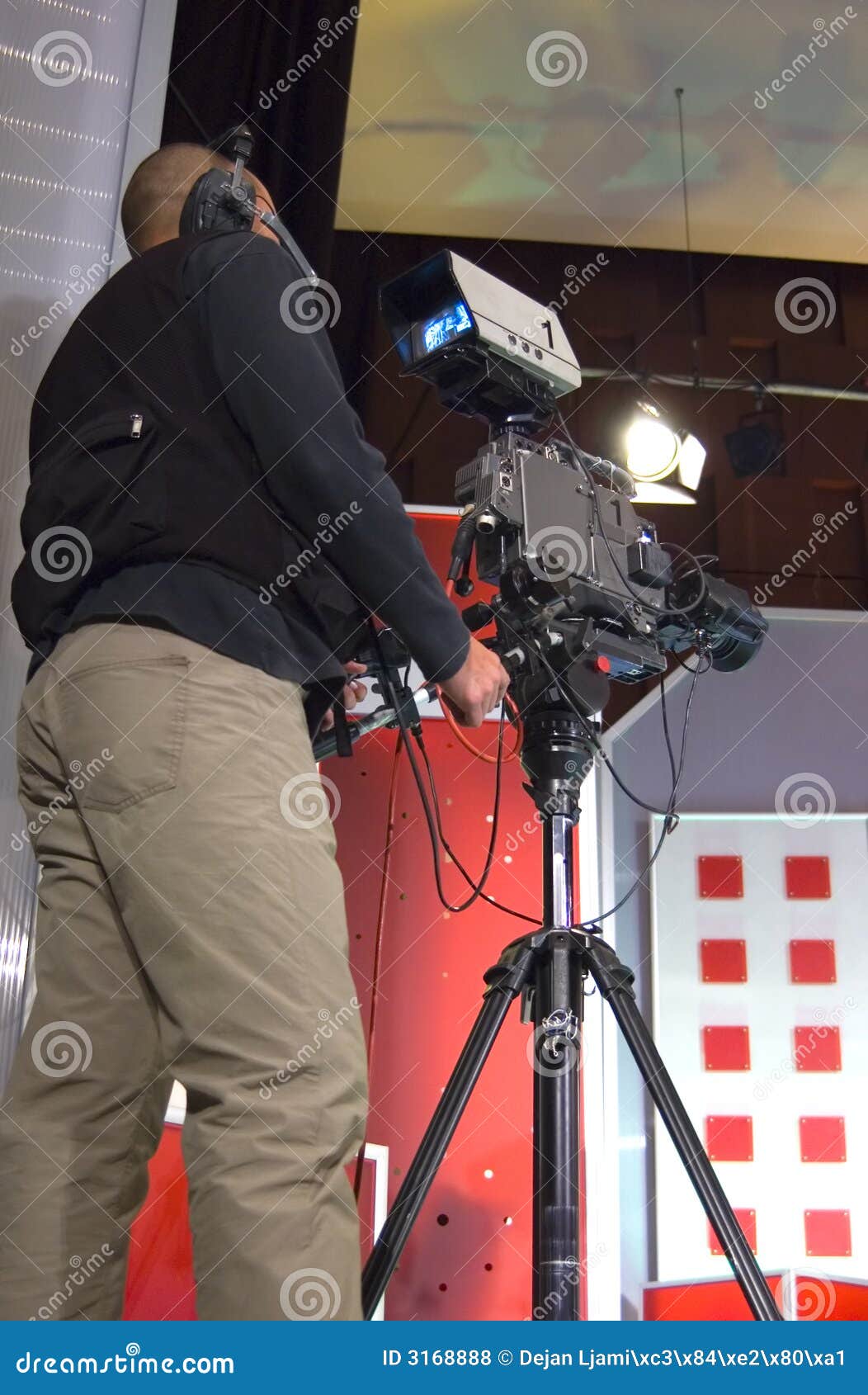

“At the end of every day, the brothers would speak on the landline phone, discuss their works - the lighting they did or a particular shot they took that day.” said cinematographer Faroukh Mistry, Fali's son. They had a younger sister, Mehroo Mistry, and a younger brother, Minno Mistry. Their uncle owned the first distribution outlet of Ilford Films in India, in Bombay. Their father, Dhunjishaw Mistry, owned a vast library of books and magazines, local and international, popular and rare, that exposed the brothers to the larger world of cinema and photography at a very young age.

The Mistry brothers' interests in photography and cinema got early nourishment. Jal’s elder brother Fali Mistry was a towering figure in Hindi cinema in the black and white era. “ Apart from this artiste’s acting, the moment owed its greatness to the excellent photography of Jal Mistry as well as Raj Kapoor’s direction," wrote Nair. As Prem Nath lights the pyre of his lover, Jal goes for a low-angle close-up of his face burning in grief. It also has some beautiful outdoor sequences shot indoors, on the sets, lit beautifully to create the illusion of outdoors.” Film archivist PK Nair regarded Barsaat's final scene on a par with the iconic funeral scene in George Steven’s Shane (1953) in its expressionism. Encyclopaedia Of Hindi Cinema says: “Jal Mistry’s Barsaat is an excellent example of matching outdoor and indoor shots in the same scene. (sic)”.īarsaat, a film that memorably traversed the myriad shades of love, features some indelible images. I said I have, and then he said that I am starting a new film called Barsaat, will you be able to do it. He liked them very much and asked who had done it. “ He (Kapoor) entered the theatre and was looking at my rush prints. In an interview with cinematographer CK Muraleedharan he recounts the rendezvous: His first meeting with Raj Kapoor was at Famous Cine Laboratories in Mumbai, during the time he had finished shooting another film as a clash cameraman*.

Jal Mistry, who began his career in cinema as an apprentice at Siri Sound Studios in Mumbai, was 25 when he shot Barsaat. Finally, Jal Mistry had to be assigned the task of photographing Barsaat,” Nanda wrote. “Reddy, an orthodox cameraman, was appalled by the idea of pillars and columns getting shortened*, and refused. Kapoor, hugely impressed with American cinematographer Greg Toland's use of the wide-angle lens in Orson Wells’ Citizen Kane (1941), wanted Reddy to do the same in Barsaat. Actor-filmmaker Raj Kapoor, India's first showman, started shooting Barsaat with VN Reddy as the cameraman. In her book Raj Kapoor Speaks, author Ritu Nanda narrates the incident that led to Jal Mistry landing his first film as an independent cinematographer, Barsaat (1949). He fell ill shortly after filming his final film, Jhoot Bole Kauwa Kaate (1998) and died on April 15 2000. Some of his important works are Barsaat (1949), Heer Ranjha (1970), Aakhri Khat (1966) and Bahaaron Ke Sapne (1967). Jal, known for his low-key high-contrast lighting, shot over 60 films and bagged four Filmfare Awards during his career. Jal Mistry, born in Bombay in 1923, worked in Indian films as a cinematographer between 19.


 0 kommentar(er)
0 kommentar(er)
